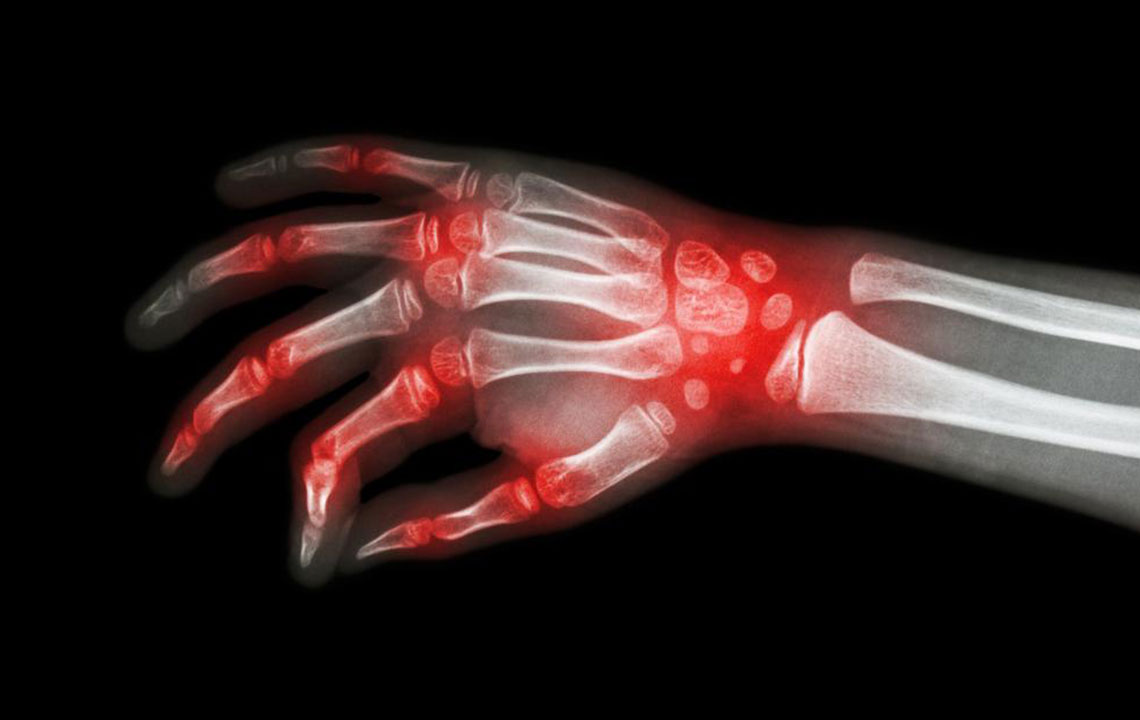Comprehensive Guide to Rheumatoid Arthritis and Lupus: Symptoms, Key Differences, and Effective Treatments
Explore the comprehensive differences between rheumatoid arthritis and lupus, including their symptoms, affected organs, key diagnostic features, and the latest treatment options. This guide helps patients and healthcare providers understand these complex autoimmune disorders for better management and improved quality of life.

An In-Depth Look at Rheumatoid Arthritis and Lupus: Recognizing Symptoms, Understanding Differences, and Exploring Treatment Options
Autoimmune diseases represent a complex and often challenging category of illnesses where the body's immune system mistakenly attacks its own tissues, leading to inflammation, tissue damage, and a range of health complications. Among these conditions, rheumatoid arthritis and lupus stand out due to their prevalence and the significant impact they have on patients' quality of life. Although both autoimmune disorders share certain symptoms, they differ considerably in their origins, affected organs, disease progression, and treatment approaches.
This comprehensive guide aims to shed light on rheumatoid arthritis and lupus, helping individuals and healthcare providers identify key differences, recognize common symptoms, and understand the latest treatment options available. With an estimated 0.6% of adults in the United States suffering from rheumatoid arthritis, and lupus affecting a broad spectrum of individuals, awareness and early diagnosis are crucial for effective management and improved outcomes.
Understanding Autoimmune Disorders:
Autoimmune disorders occur when the immune system, which normally defends the body against pathogens, malfunctions and begins attacking healthy tissues. This inappropriate immune response results in inflammation, pain, and damage to various organs and tissues. Rheumatoid arthritis primarily targets the joints, causing pain, swelling, and potential deformity, while lupus can affect multiple internal organs including the kidneys, heart, lungs, as well as the skin and joints. The complexity of these diseases often makes them difficult to diagnose, especially since their symptoms can overlap at early stages.
Key Features and Affected Populations:
The typical age range for rheumatoid arthritis is between 25 and 55 years, with a higher prevalence in women. Its hallmark is symmetrical joint inflammation that most often involves the fingers, wrists, and knees. Rheumatoid arthritis may lead to joint deformities if untreated and about 20% of patients may also experience lung involvement, which can complicate their condition further. The exact cause remains uncertain, but genetic predispositions, environmental factors, and hormonal influences are believed to contribute to its development.
In contrast, systemic lupus erythematosus — commonly known as lupus — tends to begin in early adulthood and affects individuals across various age groups and ethnic backgrounds. Lupus’s hallmark is its systemic nature, impacting multiple organs with symptoms that vary greatly among patients. While it may cause joint pain similar to rheumatoid arthritis, it typically does not result in joint deformity. Instead, lupus can severely affect internal organs, leading to complications like kidney failure, heart inflammation, or blood clotting issues, which can be life-threatening if not managed properly.
Common Symptoms and Diagnostic Challenges:
Both rheumatoid arthritis and lupus can present with joint pain, swelling, fatigue, and general malaise, making initial diagnosis challenging. However, their patterns and associated symptoms help distinguish between them:
Rheumatoid Arthritis: Typically involves symmetric joint swelling, especially in fingers, wrists, and knees. Morning stiffness lasting more than an hour is characteristic. Extra-articular manifestations may include eye inflammation, rheumatoid nodules, and lung issues such as pleurisy.
Lupus: Presents with a wide range of symptoms, including skin rashes (particularly a butterfly-shaped rash across the cheeks), fever, fatigue, and internal organ involvement. Patients may also experience sensitive to sunlight, mouth ulcers, and blood abnormalities such as anemia.
Diagnosing these conditions often involves a combination of physical exams, laboratory tests (like ANA, RF, anti-dsDNA antibodies), and imaging studies. Early identification is vital to prevent irreversible tissue and organ damage.
Current and Emerging Treatment Strategies:
Managing rheumatoid arthritis and lupus involves a multidisciplinary approach tailored to each patient's symptoms and disease severity. Anti-inflammatory drugs, corticosteroids, and disease-modifying antirheumatic drugs (DMARDs) form the cornerstone of treatment for rheumatoid arthritis. These medications aim to reduce joint inflammation, slow disease progression, and preserve joint function. Biologic agents targeting specific immune pathways have revolutionized RA treatment, offering improved outcomes for many patients.
For lupus, treatment strategies include corticosteroids to control inflammation, antimalarials like hydroxychloroquine to manage skin and joint symptoms, and immunosuppressants for severe organ involvement. In recent years, new biologic therapies have shown promise in controlling refractory lupus symptoms, reducing organ damage, and improving quality of life. Lifestyle modifications, such as sun protection and smoking cessation, are also essential components of lupus management.
Ongoing research continues to explore targeted therapies aimed at correcting immune system dysregulation and preventing tissue damage, with the goal of achieving long-term remission for both diseases.
This detailed overview offers valuable insights into rheumatoid arthritis and lupus, emphasizing the importance of early diagnosis, personalized treatment plans, and continual research to improve patient outcomes. Awareness and knowledge are key to managing these complex autoimmune conditions effectively.





